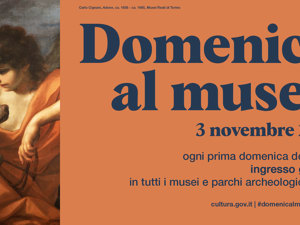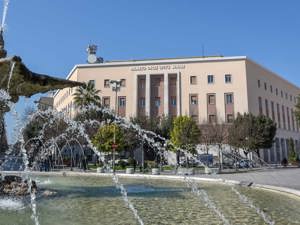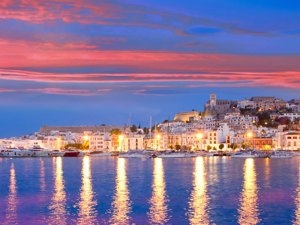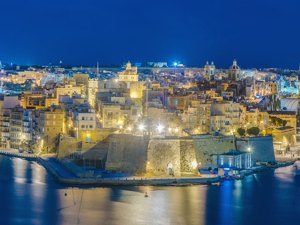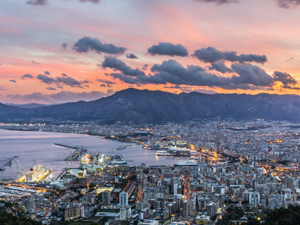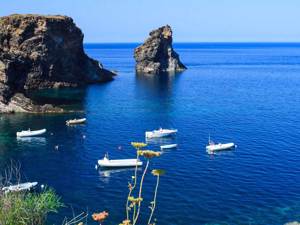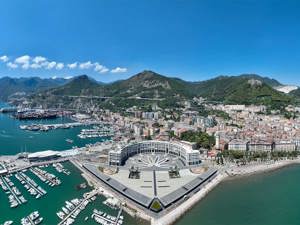The Basilica Minore, or Minor Basilica, built in several stages beginning in the second half of the eleventh century, is the most important medieval building in north-east Sardinia and one of the most beautiful in all of Sardinia.
The former cathedral is dedicated to the patron saint of the city, San Simplicio (St. Simplicius), who was martyred in 304 by the emperor Diocletian.

The Archeological Museum, located on the seafront promenade, shows the entire historical story of the ancient city and the territory of Olbia; of special interest are the shipwrecks of Roman Age found during the excavation of the ancient port, corresponding to the waterfront of the current historical center.
Known also by the name of “La Playa", this is the favourite beach of the locals. It has very fine white sand with small shells and is half-moon shaped with numerous private areas that offer every services. There are many characteristic restaurants on the foreshore and hotels nearby.



Photos: Copyright © Olbia Municipal Tourist Office; Sisterscom.com / Shutterstock
Ufficio Turismo Comune di Olbia
www.olbiaturismo.it
www.sardegnaturismo.it
Partnership with Booking.com

The Castle was constructed in a strategic position to the south-east of the Island of Molara and was part of the defensive quadrilateral created by the Judges of Gallura to protect the city of Olbia and its coastline. The building sits high above the sea and is completely without defensive walls, because of the natural protection offered by the steep cliffs.
Sa Paulazza Castle is located approximately 5 kilometres from the hilltop city of Monte a Telti and dominates the plain and Gulf of Olbia. The Castle has a quadrangular layout with a pentoid tower to the south-east. It is precisely the shape of this tower that dates the castle to the Byzantine era, when the emperor Justinian re-conquered Sardinia in 534 AD.
Inaugurated in 1995, the theatre was developed from an idea of the sculptor Mario Cerioli and built by the architects Gianfranco Fini and Marina Sotgiu. The structure of the theatre recalls the classical Greek-Roman models in Gallura granite and is adorned with high reliefs by same Cerioli. The Classical style derivations are present even on the exterior, as demonstrated by the tympana.
The Villa was built in the twenties of the last century according to the design of Bruno Cipelli who was commissioned by the Colonna family. The building originally consisted of two floors, to which a third was added later. The exterior has numerous ornaments, cornices and lesenes in white stuccowork. The interior of the building has blend of Gothic motifs and Art Nouveau style elements.
The building was designed by the great architect Michelucci, who died just before the start of work. The complex is made up of a theatre workshop that holds events and shows thanks to a retractable gallery of 150 seats. A documentation centre houses a multimedia room and library with enormous rooms. The open-air theatre can host 2,000 people and has spectacular views over the Gulf of Olbia.
The Riu Mulinu Nuraghe stands on the peak of the hill of Su Casteddu and has a typical circular shape of approximately 8 metres diameter. In addition to the main hall, it also has a sentry box and stairwell that leads to a sacrificial ditch. A bronze of a woman carrying an amphora on her head, found during the excavations of 1939, is of particular significance. It is believed that the tower was built around 1600-1300 BC and lost its function as a place of worship only in the sixth-fifth century BC.
Partnership with GetYourGuide

















